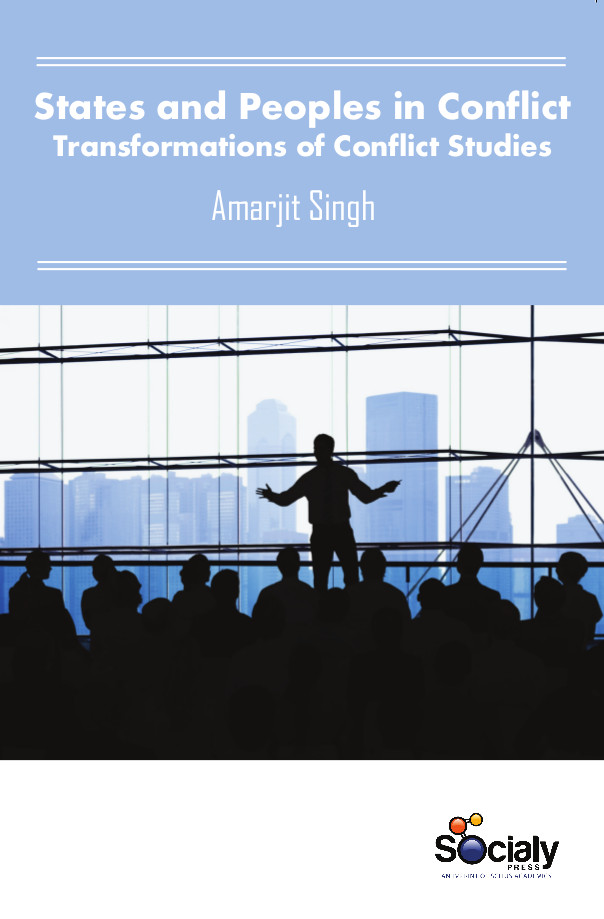During the early 1990s the term conflict transformation was not in frequent use among peace and conflict theorists. Meanwhile, it has “accrued a number of meanings, including transformation of individuals, transformation of relationships, and transformation of social systems large and small. In frequent everyday settings we experience social conflict as a time when a disruption occurs in the “natural” discourse of our relationships. As conflict emerges, we stop and take notice that something is not right. The relationship in which the difficulty is arising becomes complicated, not easy and fluid as it once was. We no longer take things at face value, but rather spend greater time and energy to interpret what things mean. As our communication becomes more difficult, we find it harder and harder to express our perceptions and feelings. We also find it more difficult to understand what others are doing and saying, and may develop feelings of uneasiness and anxiety. Transformation must be able to respond to life’s on-the-ground challenges, needs, and realities. However, the notion of conflict transformation as simply a further extension of conflict resolution seems to be in contrast with some of the strongest proponents of the term.
This Book, States and Peoples in Conflict: Transformations of Conflict Studies, examines the decision-making process, rationale and determining factors which underlie the strategic shifts of armed movements from violent to nonviolent resistance. The text provides a cutting-edge and trans disciplinary overview of the main issues, debates, state-of-the-art methods, and key concepts in peace and conflict studies. It aims to combine theory and practice, providing advanced engagement with the theoretical and philosophical aspects of the subject in the investigation and analysis of specific cases of conflict.













